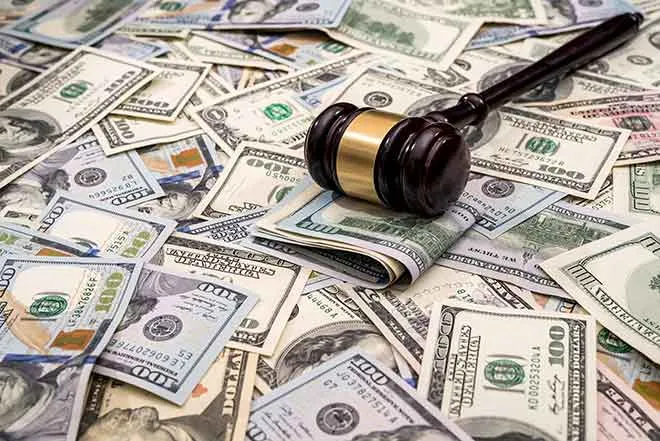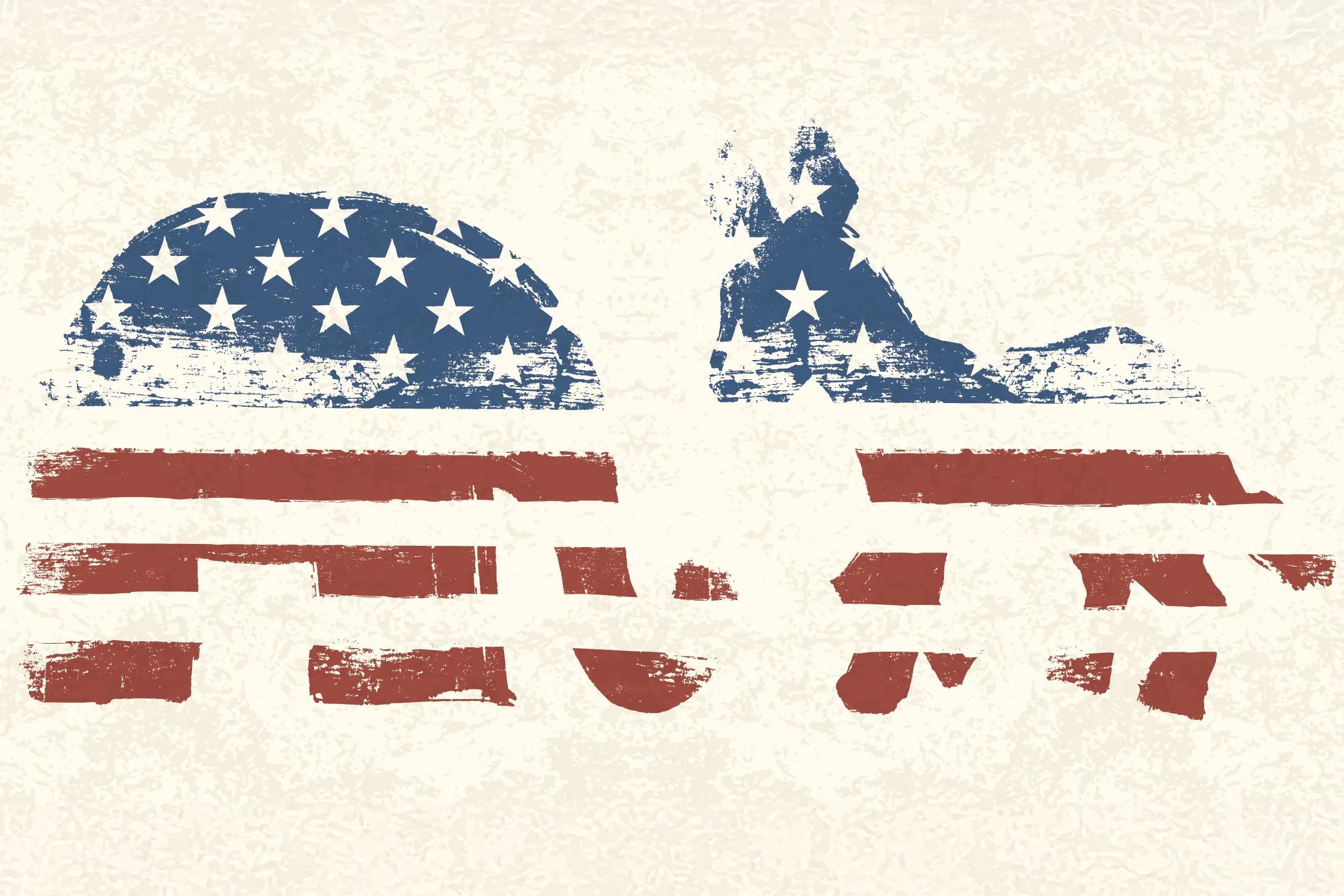
Curious Kids: Has any US president ever served more than eight years?

David Yalof, University of Connecticut

Curious Kids is a series for children of all ages. If you have a question you’d like an expert to answer, send it to curiouskidsus@theconversation.com.
Has there ever been a president who has served more than eight years? – Joseph, 8, New York, New York
The only president in American history to serve more than two four-year terms was Franklin Delano Roosevelt. He actually served three full terms as well as the first three months of a fourth term until his death on April 12, 1945.
The current limits on how long a person can be president come from the 22nd Amendment, added to the U.S. Constitution in 1951, which limits presidents to two successful presidential elections. The amendment makes one exception: If a president takes office in the middle of someone else’s term – if the president dies, for example, and a vice president takes over and serves less than two years, that person can still run twice for their own election. But if the replacement president serves for more than two years of their predecessor’s term, they can only be elected to one more presidential term of their own.
FDR wasn’t breaking those rules, because the rules did not exist for the first 162 years of the nation’s history, from 1789 to 1951. Even so, in all that time, he was the only president who served more than two terms.
A total of 13 presidents have served exactly two full terms. Eight of them came before Roosevelt. George Washington, Thomas Jefferson, James Madison, James Monroe, Andrew Jackson, Ulysses Grant and Woodrow Wilson served their terms consecutively. Grover Cleveland served two terms separated by the four-year term of Benjamin Harrison.
Some considered third terms: In 1880, four years after he finished out his second term, Grant pressed his candidacy once again but failed to secure the Republican Party’s presidential nomination. And as Woodrow Wilson finished out his second term in 1920, he also thought about running for a third term, but ultimately withdrew from consideration.
Five more presidents – Dwight Eisenhower, Ronald Reagan, Bill Clinton, George W. Bush and Barack Obama – came after the 22nd Amendment was passed, so they had to leave and let someone else take over.
Four additional presidents – Theodore Roosevelt, Calvin Coolidge, Harry Truman and Lyndon Johnson – completed the remaining terms of another president and were elected to their own full term immediately afterward. Under the rules of their times, each of them could have run for one more term. Several chose not to run for reelection; others ran and lost.
For example, Lyndon Johnson, who took over after John F. Kennedy was assassinated in 1963, initially tried for a second full term in 1968. But during the presidential primaries, he withdrew from consideration, in part because his handling of the war in Vietnam was unpopular and threatened his chances.
The precedent of serving just two terms was originally established by Washington, the nation’s first president. By all accounts, Washington would have easily been reelected had he chosen to run a third time.
But he rejected public calls to run for a third term as president in 1796. Washington was concerned that by staying in office longer, he might send a message that presidents should govern until death or illness drove them away, like a king. The American Revolution had just overthrown a monarchy. Washington thus wanted to lead by example in voluntarily leaving office after his second term, retiring to his Mount Vernon estate in Virginia.
After all, if two terms is good enough for George Washington, isn’t it good enough for everyone else?
Hello, curious kids! Do you have a question you’d like an expert to answer? Ask an adult to send your question to CuriousKidsUS@theconversation.com. Please tell us your name, age and the city where you live.
And since curiosity has no age limit – adults, let us know what you’re wondering, too. We won’t be able to answer every question, but we will do our best.![]()
David Yalof, Professor of Political Science, University of Connecticut
This article is republished from The Conversation under a Creative Commons license. Read the original article.
















